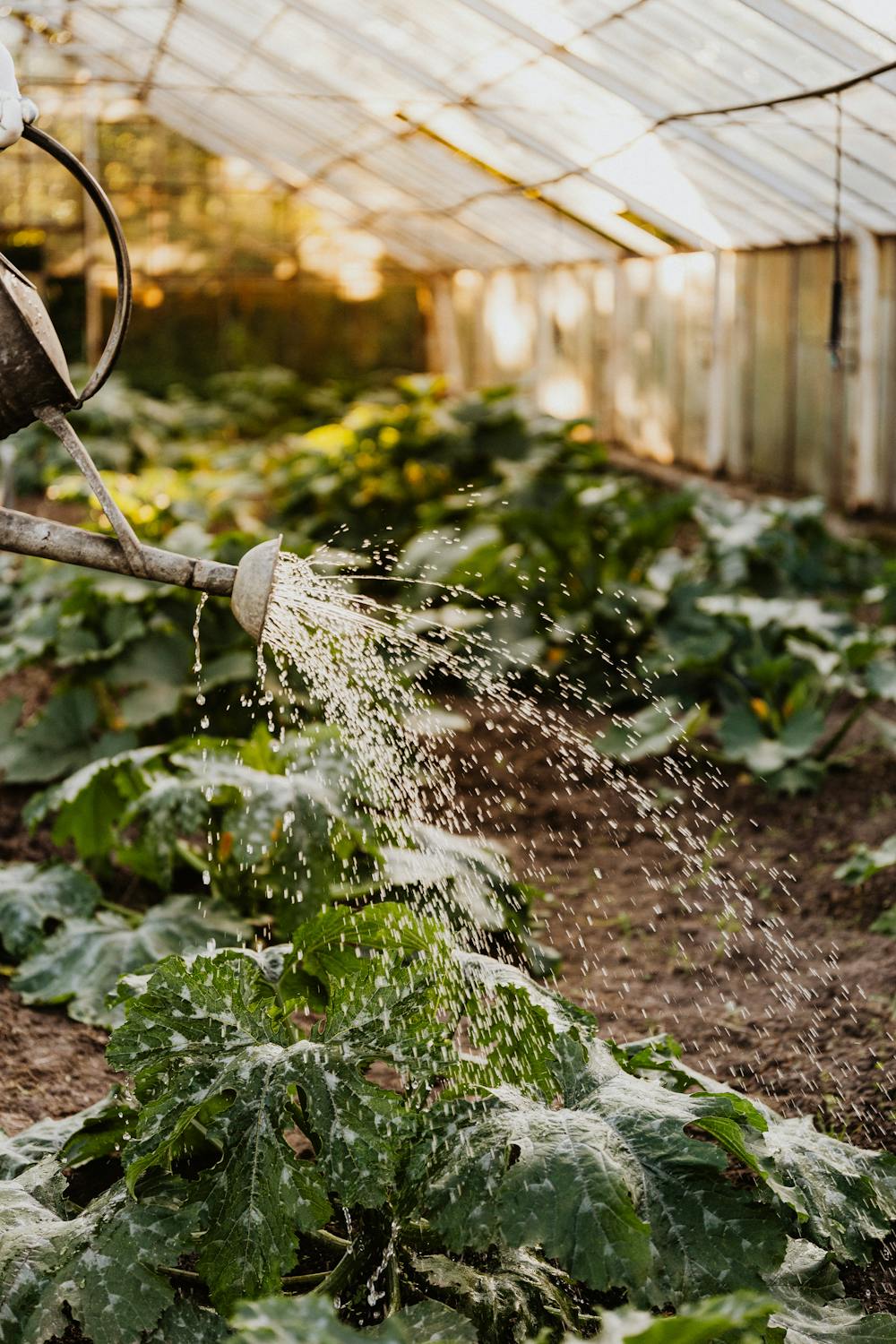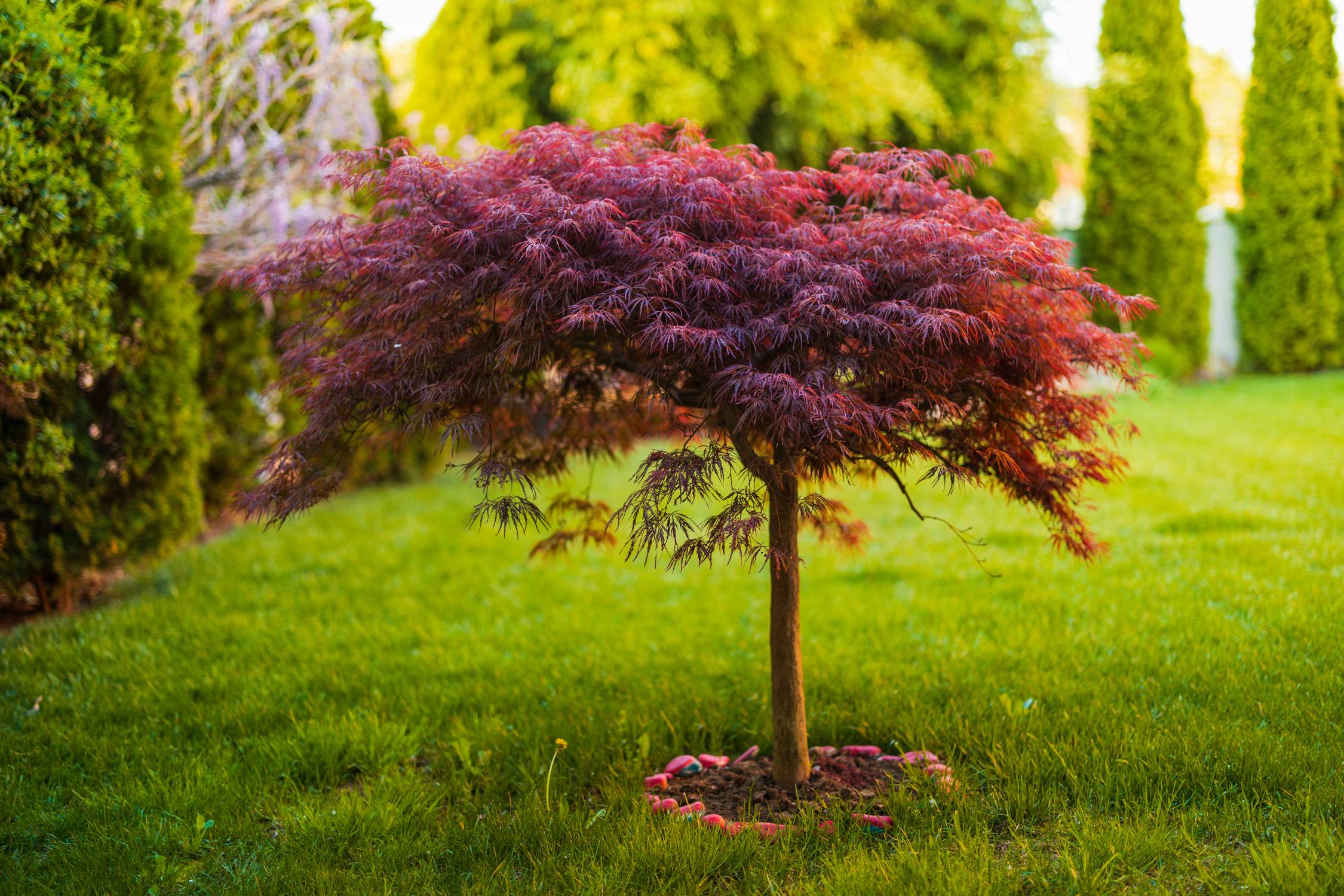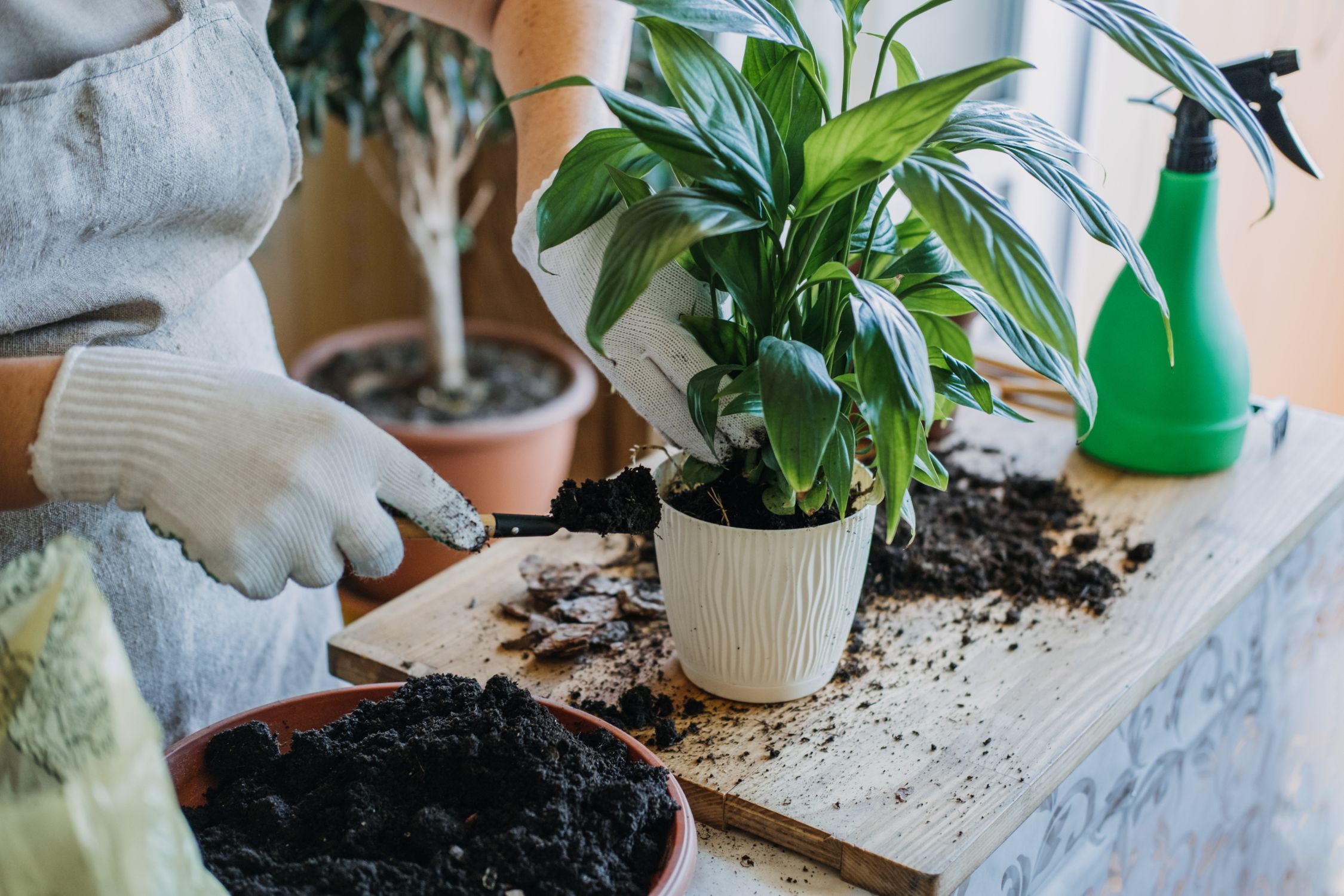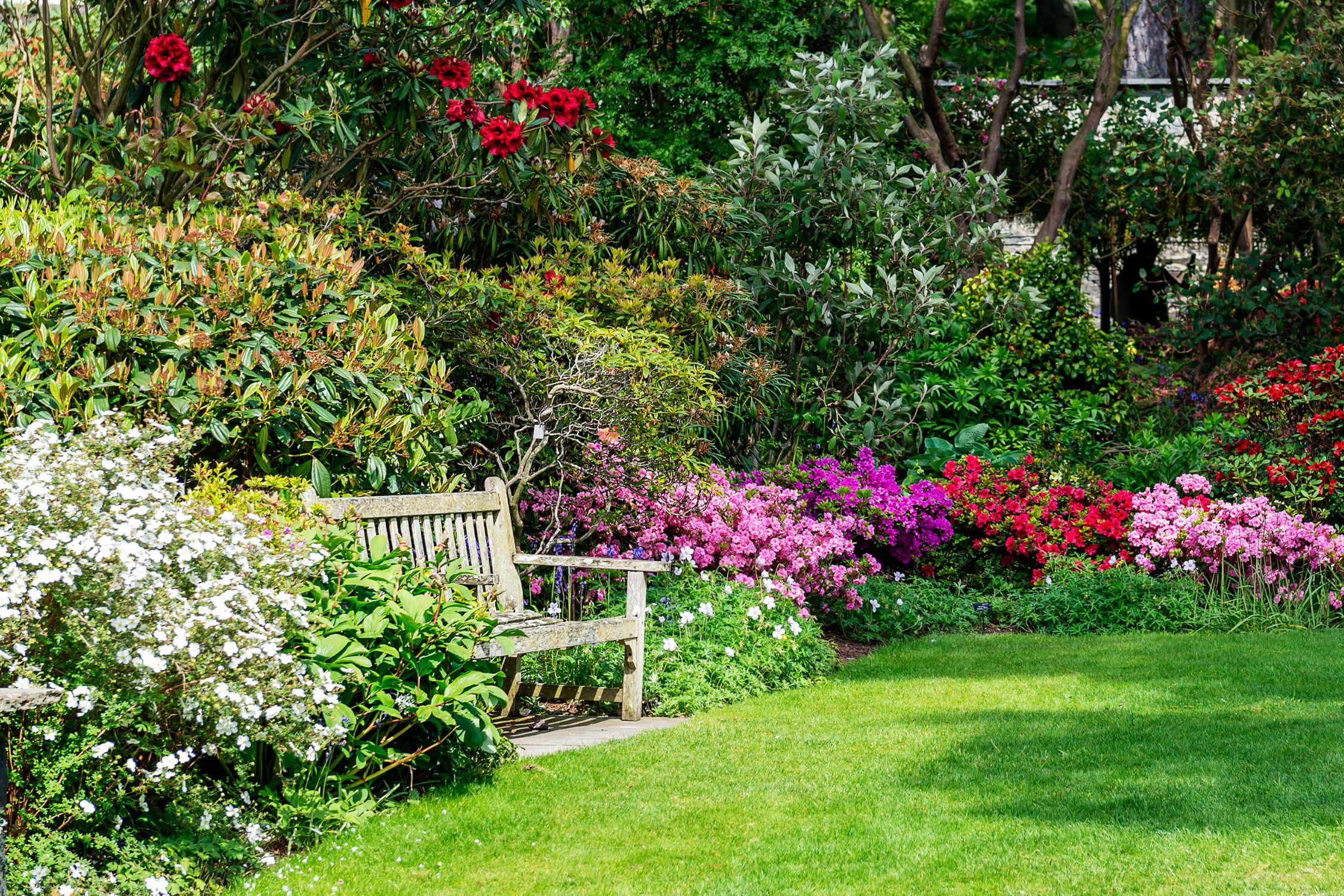Cultivating Sustainability: The Art and Science of Sustainable Gardening
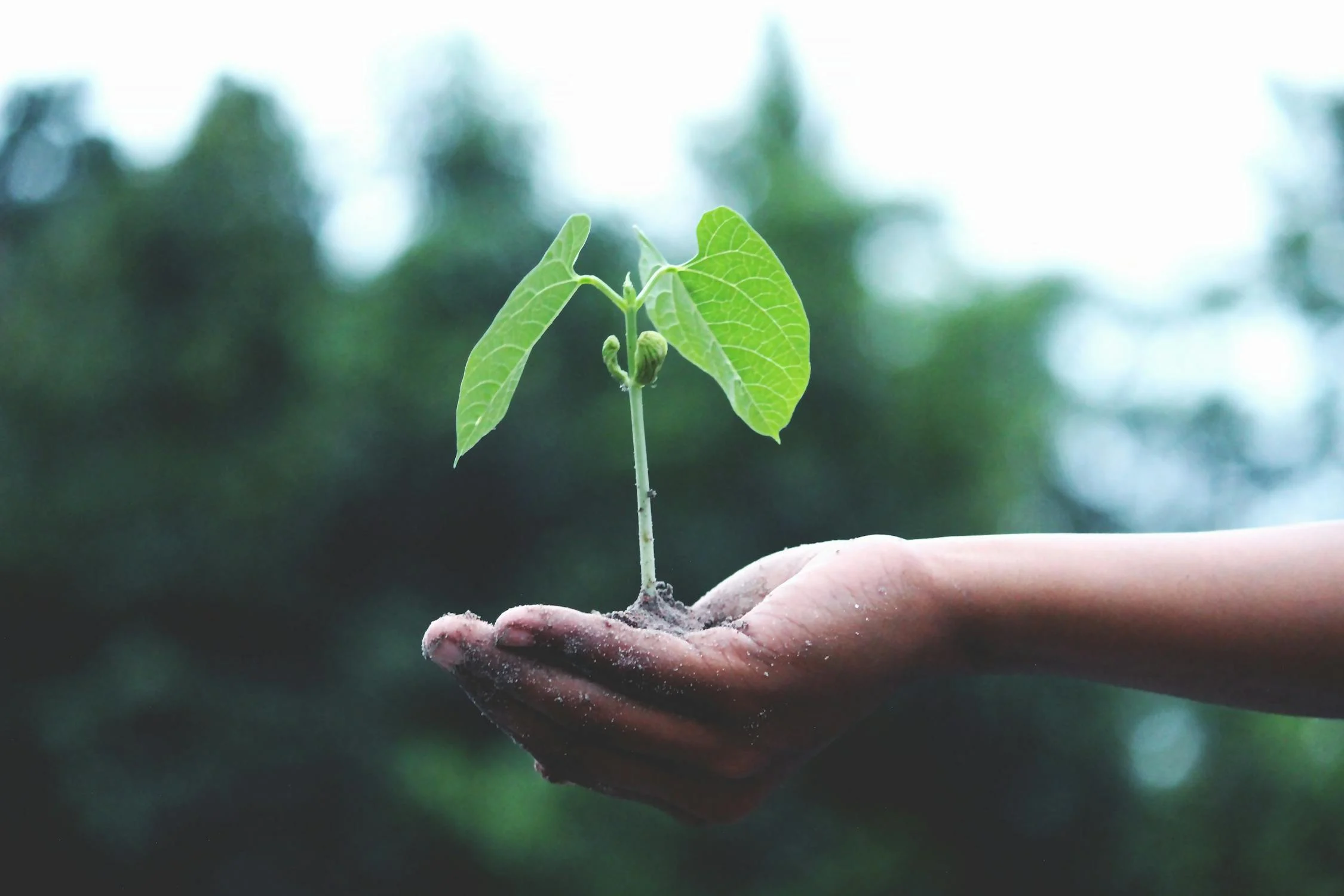
Cultivating Sustainability: The Art and Science of Sustainable Gardening We are living in a time when environmental consciousness is at the forefront of many minds. Sustainable gardening practices have emerged as a vital aspect of modern horticulture. Sustainable gardening goes beyond just growing plants; it encompasses a holistic approach that minimizes negative environmental impacts. And […]
